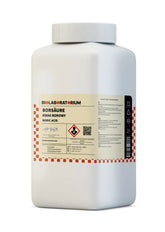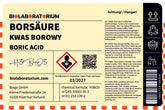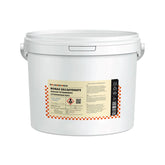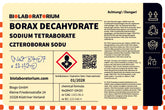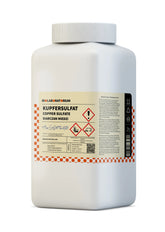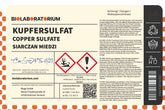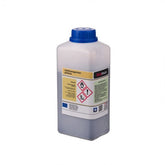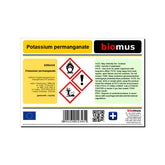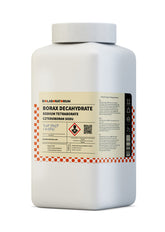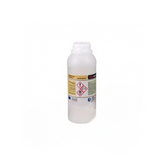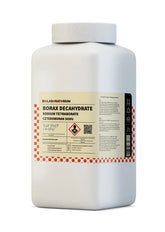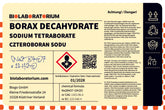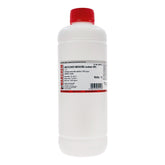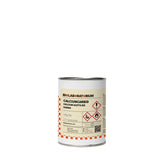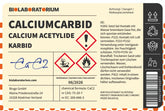Gum arabic – a natural raw material with versatile applications
Gum arabic is a natural gum obtained from the resin of various acacia species. This fascinating natural product has a long history and has been used for centuries in a variety of applications. In this blog post, we want to take a closer look at the properties, origin, and uses of gum arabic.
Origin and extraction of gum arabic
Gum arabic is obtained from the dried sap of various acacia species, especially Acacia senegal and Acacia seyal. These trees mainly grow in the dry regions of Africa, especially in the Sahel belt from Senegal to Chad.
The extraction process is relatively simple: by making incisions in the bark of the trees, the sticky sap oozes out and then dries into lumps. These lumps are collected, cleaned, and prepared for trade. Gum arabic is thus a completely natural product without chemical additives.
Physical and chemical properties
Gum arabic is a complex polysaccharide composed of arabinose, galactose, rhamnose, and glucuronic acid. It dissolves easily in water, forming a viscous, sticky solution. However, it is insoluble in oils and fats.
The most important physical properties of gum arabic include:
- High water solubility
- Good emulsifying properties
- Stability against acids and alkalis
- Low viscosity in solution
- Good film-forming properties
These properties make gum arabic a versatile natural material for a wide range of applications.
Uses of gum arabic
Due to its unique properties, gum arabic is used in numerous industrial sectors. Here is an overview of the main areas of application:
Food industry
In the food industry, gum arabic is used as an emulsifier, stabilizer, and thickening agent. It is found in confectionery, beverages, baked goods, and dairy products. It is also used in chewing gums and lozenges.
Cosmetics industry
In cosmetic products such as creams, lotions, and lip care products, gum arabic serves as a binder, emulsifier, and viscosity regulator. It improves the consistency and shelf life of the products.
Pharmaceutical Industry
In the pharmaceutical industry, gum arabic is used as a binder in tablets and capsules. It is also applied as an emulsifier, suspending agent, and stabilizer in liquid medicinal forms.
Paints and adhesives
Gum arabic is also used in the paint and adhesive industries. It serves there as a binder, emulsifier, and thickening agent.
Further applications
Furthermore, gum arabic is used in the textile, paper, and printing industries as well as in ceramics manufacturing. It is also utilized in photography and as a dietary supplement.
Advantages of gum arabic
In addition to its versatile usability, gum arabic offers further advantages:
- Natural, sustainable product without chemical additives
- High purity and quality
- Good compatibility, as it contains no allergenic substances
- Cost-effective procurement from developing countries
- Simple extraction without elaborate processing
These properties make gum arabic an attractive and forward-looking raw material for many industrial sectors.
Conclusion
Gum arabic is a fascinating natural product with a long history and diverse applications. Its unique physical and chemical properties make it a valuable raw material in the food, cosmetics, pharmaceutical, and chemical industries.
As a natural, sustainable, and cost-effective material, gum arabic offers numerous advantages over synthetic alternatives. It is no wonder that this natural product has been valued and used in many ways for centuries – and this will continue in the future.

